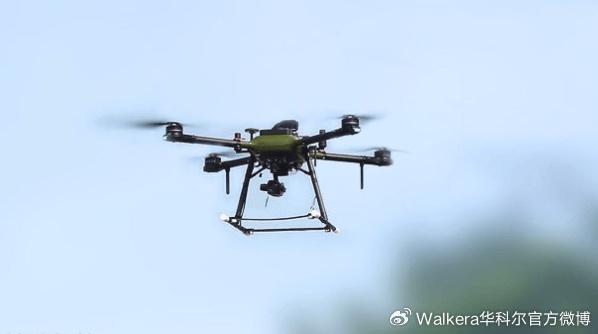In the modern world, military drone technology plays a pivotal role in reshaping defense strategies and operations. These unmanned aerial vehicles (UAVs) have become essential in surveillance, reconnaissance, and targeted strikes, fundamentally changing how military forces engage adversaries. The development of military drones has made significant strides, bringing with it a wave of innovations that are transforming military and defense sectors worldwide.
The Evolution of Military Drones

Military drones have evolved rapidly over the past few decades. Initially used for reconnaissance missions, today’s drones are equipped with advanced technologies that enable a variety of tasks. From capturing high-resolution images to conducting precision strikes, military drones have become versatile tools. The integration of artificial intelligence and machine learning algorithms has enhanced their autonomous capabilities, making them indispensable assets on the battlefield.
Advanced Surveillance and Reconnaissance
One of the most noteworthy advancements in military drone technology is in the field of surveillance. Drones equipped with sophisticated sensors can gather real-time intelligence across vast areas. They are capable of operating at high altitudes, undetected, providing a strategic advantage to military forces. These drones can transmit live video feeds and high-resolution images to command centers, allowing for informed decision-making and precise strategy formulation.
Stealth and Precision Engineering
Modern military drones are engineered for stealth and precision. Their design includes radar-absorbing materials and reduced infrared signatures, making them less detectable. This stealth capability is crucial for strategic military operations where surprise and secrecy are paramount. Additionally, precision engineering allows these drones to carry out targeted operations with minimal collateral damage, ensuring that missions are completed efficiently and effectively.
Weaponization and Combat Roles
The role of military drones extends beyond surveillance. They are now crucial in combat scenarios. Armed with precision-guided munitions, drones can execute targeted strikes with high accuracy. This capability not only minimizes the risks to human pilots but also allows military forces to engage targets in hostile environments where manned operations would be too dangerous.
Challenges and Ethical Considerations
Despite the numerous advantages, the use of military drones raises ethical and operational challenges. The potential for civilian casualties and the implications of autonomous killing machines are hotly debated topics. Ensuring accountability and compliance with international law remains a crucial factor as these technologies continue to evolve.
Future Prospects
The future of military drones looks promising, with continuous advancements expected in artificial intelligence, swarm technologies, and energy-efficient engines. Such innovations could enable drones to operate for extended periods, cover more ground, and perform complex missions autonomously. These developments promise to further enhance military capability, providing a significant strategic advantage.